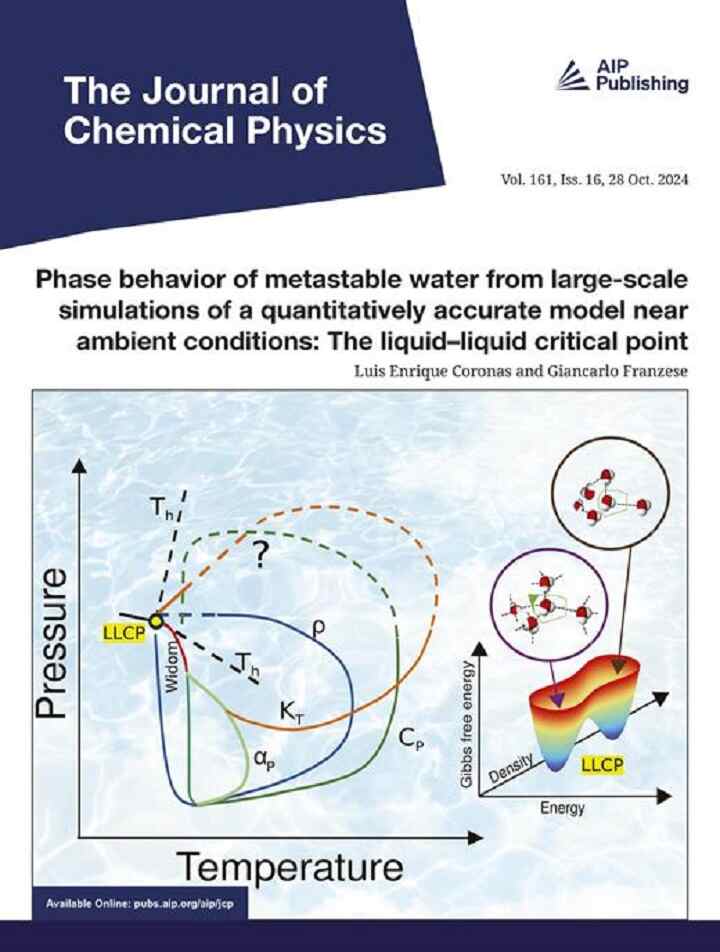THE LATEST
Unraveling the mysteries of water's anomalous properties

A recent breakthrough in studying water's unique behavior has shed light on an intriguing aspect of this essential molecule. The anomalies that characterize water's behavior continue to present a fascinating puzzle for the scientific community, prompting extensive research into the molecular mechanisms behind these distinct properties. A groundbreaking study led by Giancarlo Franzese and Luis Enrique Coronas from the University of Barcelona (UB) has introduced a new theoretical model that surpasses the limitations of previous methodologies, providing insights into how water behaves under extreme conditions.
Published in The Journal of Chemical Physics, this study not only significantly enhances our understanding of the physics of water but also has profound implications across various fields, including technology, biology, and biomedicine. The novel theoretical model, known as the CVF (named after the researchers Luis E. Coronas, Oriol Vilanova, and Giancarlo Franzese), effectively integrates ab initio quantum calculations, offering a more accurate representation of water's thermodynamic properties under diverse conditions.
One of the study's pivotal findings is the identification of a critical point between two liquid forms of water, which serves as the foundation of the anomalies that make water essential for life and crucial for many technological applications. Professor Giancarlo Franzese explains, "Although this conclusion has been reached in other water models, none possess the specific characteristics of the model we have developed in this study."
The CVF model's unique ability to accurately replicate thermodynamic properties such as compressibility and heat capacity distinguishes it from existing models. This achievement is due to incorporating quantum interactions between molecules, known as many-body problems extending beyond classical physics. Luis E. Coronas further clarifies, "Fluctuations in density, energy, and entropy in water are governed by these quantum interactions, with effects ranging from the nanometer scale to the macroscopic level."
The implications of this research extend far beyond theoretical physics, significantly impacting technology and biomedicine. The findings could spur the development of advanced biotechnologies and offer potential solutions for treating neurodegenerative diseases. Additionally, the CVF model can perform calculations in scenarios where other models falter, paving the way for biotechnological innovations.
As we continue to unravel the enigmatic properties of water, the importance of large-scale supercomputer simulations in understanding these anomalies cannot be overstated. This research spans technology and biomedicine, with potential applications including the creation of advanced biotechnologies and novel medical treatments. With this newfound understanding, we move closer to harnessing the unique characteristics of water to tackle pressing challenges across diverse fields.
The publication of this study marks a significant milestone in our quest to comprehend the inexplicable properties of water. As we delve deeper into the molecular intricacies of this vital molecule, the CVF model opens up a world of possibilities for scientific exploration and technological advancement, paving the way for innovative solutions to complex challenges.

